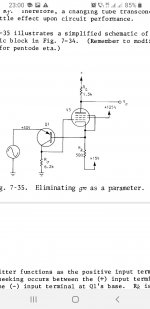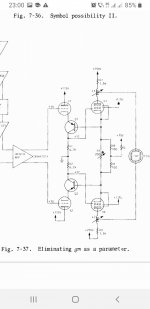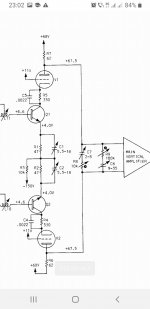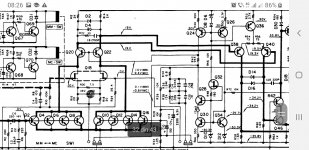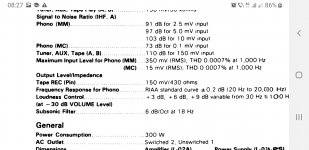Believe it or not, you don't need any current source in rtp3d design.Choosing between low noise high gm jfets and bipolar trz favours bipolars in absolute terms, but is of no real relevance when you current sink a tube with 30...100 times lower gm than a j fet...
On the other hand , if you really need a low noise current source for "high voltage tubes!" you should consider a cascoded current source with a high hfe like bc550C at the bottom and a higher voltage (2n5551, mje340, ksc1845) cascode transistor as the tube starts conducting before its current gets limited and you might encounter 2...300 v on transistor collectors at startup .
Before going down that CCS path and we all did before we should do it, you may wanna try simple resistor loading in the cathode .You can even go with the old technique of using a high value cathode resistor into a high negative voltage.Believe it or not, low noise tubes have higher noise than many wirewound kiloohm resistors . Tube's gm preservation is more important than ccs noise .
I'll put you some photos from the next link for you to study more variations cause hybrid low noise design dates way back into the nuvistor era when Tektronics did the games: https://www.davmar.org/TE/TekConcepts/TekVertAmpCircuits.pdf
On the other hand , if you really need a low noise current source for "high voltage tubes!" you should consider a cascoded current source with a high hfe like bc550C at the bottom and a higher voltage (2n5551, mje340, ksc1845) cascode transistor as the tube starts conducting before its current gets limited and you might encounter 2...300 v on transistor collectors at startup .
Before going down that CCS path and we all did before we should do it, you may wanna try simple resistor loading in the cathode .You can even go with the old technique of using a high value cathode resistor into a high negative voltage.Believe it or not, low noise tubes have higher noise than many wirewound kiloohm resistors . Tube's gm preservation is more important than ccs noise .
I'll put you some photos from the next link for you to study more variations cause hybrid low noise design dates way back into the nuvistor era when Tektronics did the games: https://www.davmar.org/TE/TekConcepts/TekVertAmpCircuits.pdf
Attachments
Higher resistor values, more noise - choose yer evil...
It works the other way around when considering current sources. The resistor looks into a low impedance (the Re of a transistor) and in such a configuration the Johnson noise current of the resistor is what's determining the noise of the CCS. So quiet CCSs need high resistor values and consequently high voltage rails.
They also get good immunity to Early effect this way.So quiet CCSs need high resistor values and consequently high voltage rails.
Attachments
DN2540 has a relatively large capacitance, so not as appropriate as a high-impedance current sink vs. frequency, and may or may not be the quietest device on the planet, since it is MOS, after all. If I recall correctly, the title of the thread referred to a quiet current sink. A bipolar or low-noise cascoded jfet solution may be more appropriate for your purposes. Supertex, the parent company that produced the device you are wanting to use, was not the best source/fab in the world - they were acquired by Microchip not too long ago.
The choke does not care what current you run (within limits). You have to dial-in your current some other way.A choke won't work for me because I want to have adjustability to dial in the best current
Space/weight/cost are still valid objections.
